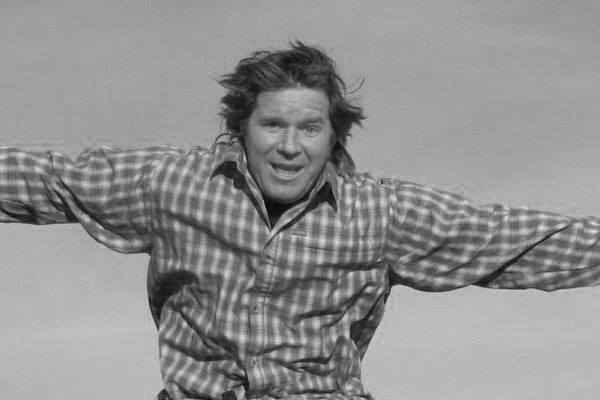
 Fred Williams
Brand Manager, Petersen’s 4Wheel & Off Road
Fred Williams
Brand Manager, Petersen’s 4Wheel & Off Road
The GM Corporate 14-bolt rear axle is hard to beat. Found in 3⁄4- and 1-ton trucks, they are big, strong, and cheap, making them perfect for spinning large tires on homebuilt 4x4s. Jeep TJs and YJs are also pretty hard to beat. They have small bodies, tough frames, and reliable engines. So we decided to take two great tastes that taste great together and dunk a 14-bolt into a Jeep project.

Putting a 14-bolt under a long-wheelbase TJ frame like we did is not a beginner’s project, especially if all you own is a set of wrenches and a ballpeen hammer. For this project you’ll need to cut, weld, and grind at the very least, and an angle finder and tape measure will be needed as well to put one in. But using some quality aftermarket parts, such as a complete truss and link system from Artec Industries, simplifies the project. This isn’t a weekend job unless you’re a whiz fabricator with some buddies there to help you out.
“The parts come disassembled and need to be welded together”
Our project truck isn’t a stock TJ frame either. It’s actually stretched out to a 116-inch wheelbase. But it’s similar enough that you’ll get the idea of what we did if you wanted to duplicate the job on your TJ. Using the Artec kit on a YJ would be even easier because they have leaf spring mounts available, but for this story we opted for a four-link setup, which can be used on either a TJ or YJ and, with some work, a CJ too. Though designed for a Jeep TJ and YJ the Artec brackets could work on most any 4x4 with a bit of customization.
PhotosView Slideshow



















